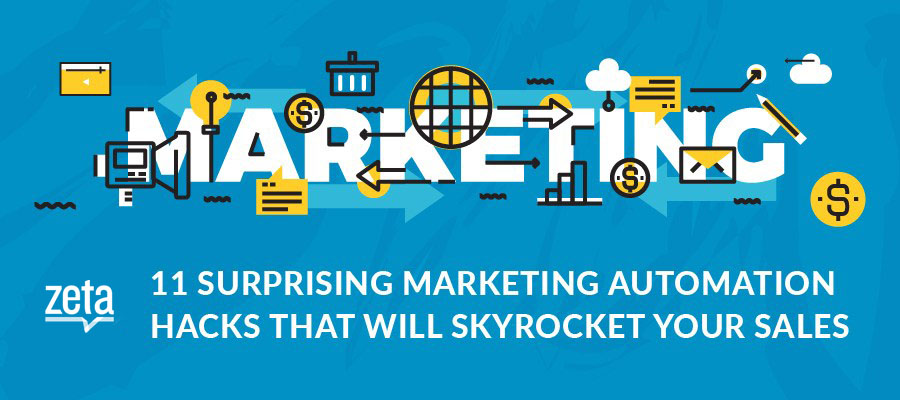
11 Surprising Marketing Automation Hacks That Will Skyrocket Your Sales
As many marketers know, we are quickly entering the world of automate or perish. Marketing Automation platforms simply enable you to do less with more, which is the eternal mantra of the modern marketer.
The premise is clear: Engage with your customers as much as possible (without spamming them) while minimizing the amount of manual labor required to do it.
Whether you’re engaging via a messenger, sharing social media updates or constructing a full-fledged email marketing and sales funnel, automation can make every channel easier and more effective for you.
To inspire the (few) remaining automation skeptics, we’ve put together 11 Marketing Automation Hacks that highlight the true “power of the platform” in modern marketing.
1. Personalize your email campaigns – from discounts to product recommendation
Price is a key decision driver for nearly every customer, but we all have different triggers and tolerances when it comes to cost. The price that will scare one person away may not phase another person, and the discount percentage that will spur one customer to purchase may not entice another.
By offering personalized discounts to people on products you know they’ll love (because your platform can access their browsing data!), you can boost sales and avoid losing customers to sticker shock. This works especially well for customers who have items left in their cart, which indicates an interest, but also some potential indecisiveness around price.
Here is an actual case study on how Valve used user discounts and product recommendation to increase their sales by 528%.
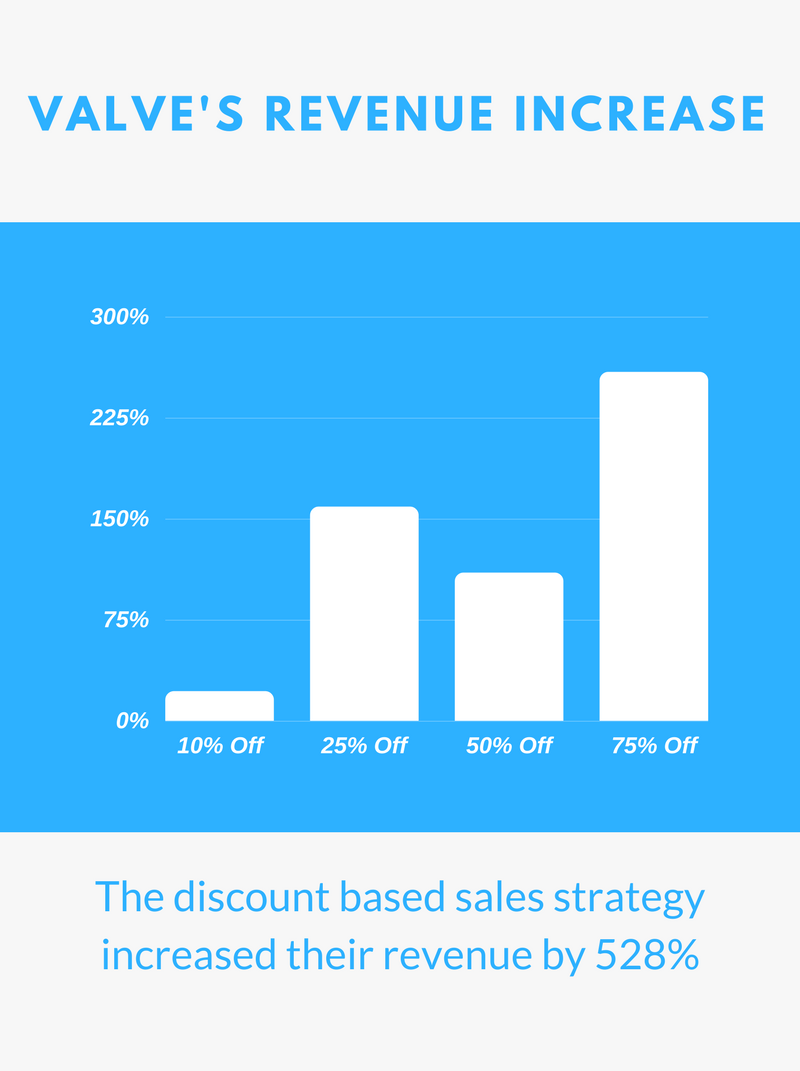
2. Adjust discounts based on user engagement level
Building upon the first marketing automation hack, this tactic leverages targeted user engagement to boost sales and conversion and help you build customer loyalty.
Offering discounts based on user engagement can help you retain and grow high-value customer relationships. For example, providing frequent shoppers with a larger discount to incentivize larger basket sizes.
It can also help you re-engage users who haven’t engaged in a while and may be at risk of churning or becoming inactive. If their inactivity (in this case, their lack thereof) triggers a one-off discount coupon, you can increase retention and win-back rates dramatically.
3. Build omnichannel customer profiles
Traditional marketing automation software platforms focus on one channel at a time. That just doesn’t fly anymore. Customers engage your brand in multiple channels, sometimes simultaneously. Your communication strategy needs to take their behavior in ALL channels into account and connect with them wherever they are.
This requires a platform that can build intuitive and insightful customer profiles based on a user interaction off-product as well as in-product.
4. Use personalized customer recommendations to increase engagement
Why are brands like Amazon, Netflix, Spotify growing so fast? What makes their offerings so sticky?
One answer: Personalized product and content recommendations. These products all leverage AI and machine learning to surface the products and content that users will find compelling and addictive—not as a segment or a cohort, but as individuals.
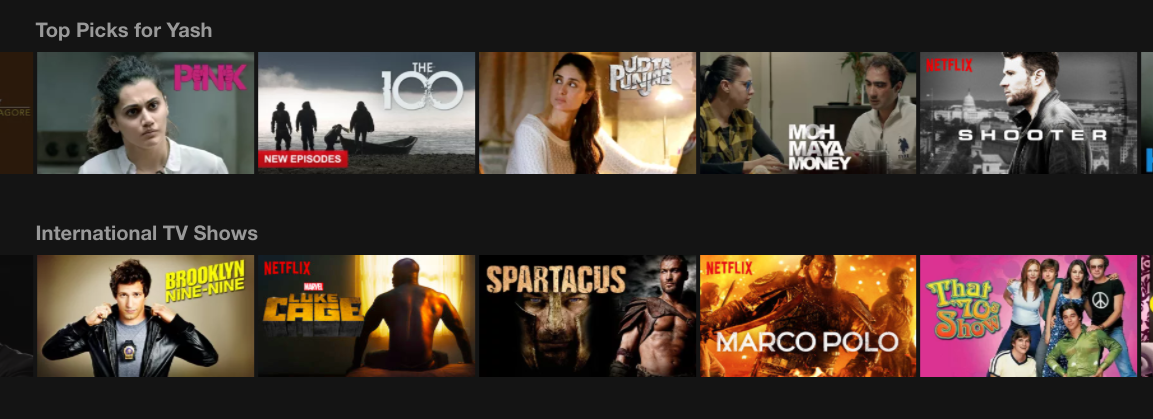
Publishers and content brands like Forbes, CBS, Chowhound are already tapping the power of AI to optimize their recommendation engines, which it turns out provides a huge boost to both customer loyalty and customer value.
5. Recover your abandoned cart using Facebook Messenger
A staggering 69% of all carts are abandoned on eCommerce stores. To address this problem, most marketers delve into email and mobile push campaigns to win the customers back or nudge them over the line. But most of the times these messages are ignored. So what can they do to improve message penetration?
Surprisingly, Facebook Messenger may have the answer.
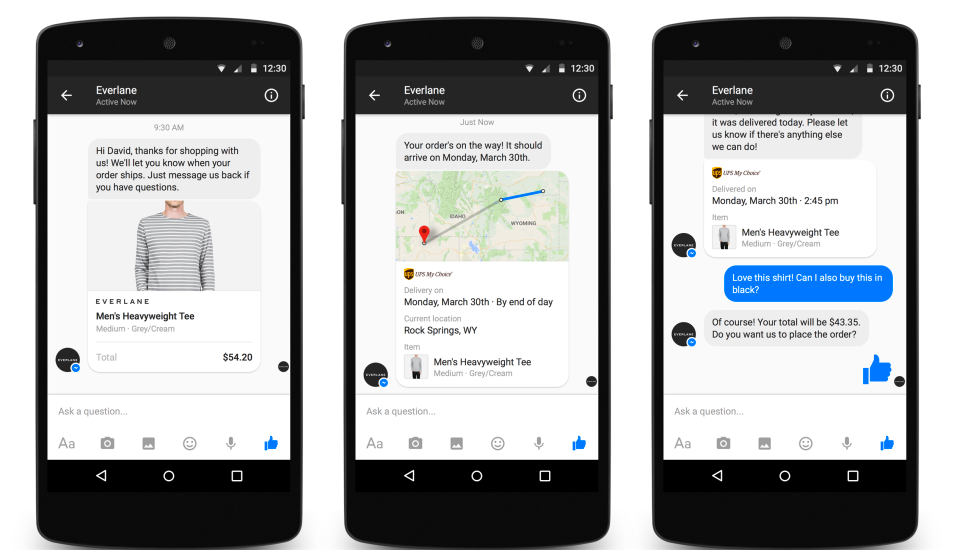
You can use Facebook Messenger to engage users via their unpurchased items. Because many sites use Facebook logins, Messenger can actually deliver a list to users of all the products they have added to their carts, and option to complete the purchase right from the messenger App.
6. Pre-fill Personal data in form fields
We’ve all experienced the pain of “gate forms.” Those tedious data capture fields that lead us to question whether or not the content on the other side is worth the time and effort. Form fields are a barrier to engagement for many users, but the information they provide is gold for marketers.
By pre-filling those form fields (with data from your marketing automation platform), you can boost conversion rates by 30% or more.
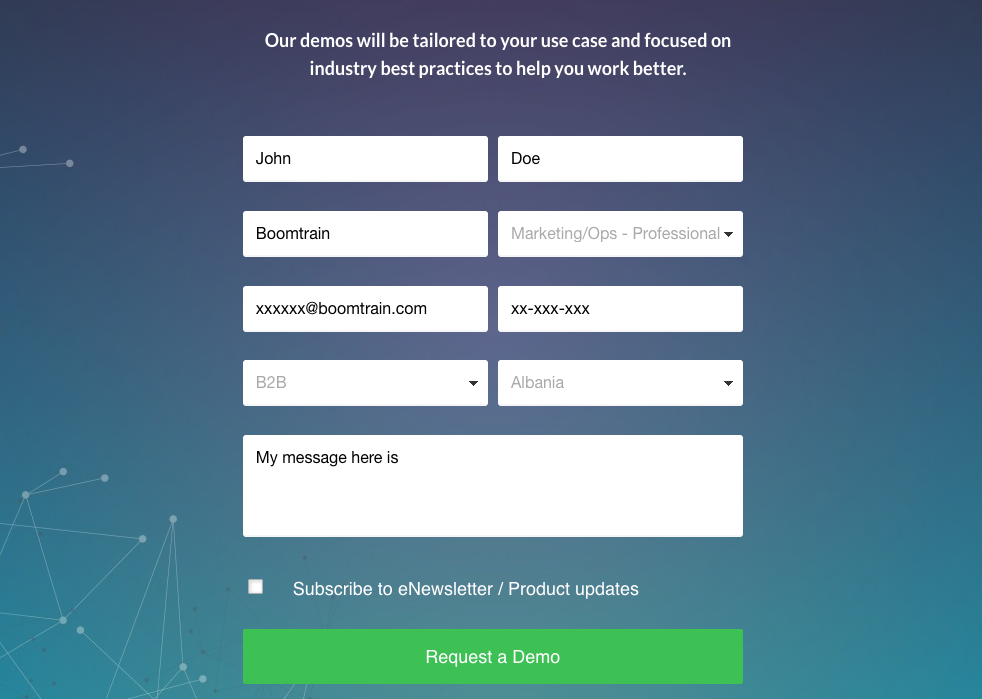
Many platforms will offer form pre-filling as a part of their marketing automation suite, and others require a bit of integration with products like segment, and your forms can become smart forms, filling themselves with information about new or existing users.
7. Use social media to recommend products to your users
Social Media outreach and advocacy is one of the best ways to build brand awareness, but it is also a powerful engagement channel.
Many marketers don’t leverage social media to its full potential because they are not tapping into their rich troves of social data to make product and content recommendations.
For example Mention and Clearbit can be integrated together to enable you to personalize your outreach efforts, not just on email or mobile devices but also on social media channels by fetching personalized—and channel relevant—content for them.
8. Start using retargeted advertisements
Modern marketing automation platforms can collect a humungous amount of user data based on their activities on your website or app, but they can also take advantage of what users do when they are not on your app or site (which is probably most of the time, even if you’re really popular).
These platforms can be integrated with a plethora of advertising networks to push relevant content to your users across all the sites and apps they use.
Amazon is the example nearly everyone recognizes:
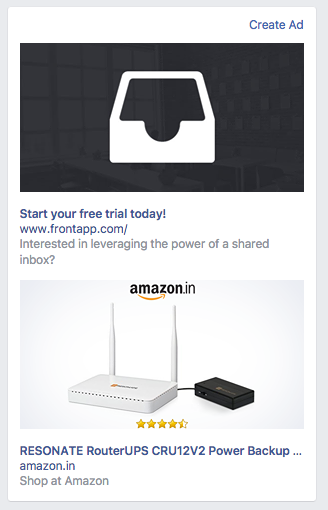
Almost as soon as you browse a product on Amazon, Amazon ads start showing up on Facebook and Google’s ad network. This helps them in two ways: It encourages users to resume their purchase, and it creates a lasting impression that Amazon, as a brand, gets them and knows what they want.
9. Create lead magnets based on user’s activity
This tactic is downright simple. Instead of asking your users and readers to subscribe to your generic newsletter, give them an incentive to connect by showing them that you understand what they value.
For example: If you’re an online store selling cars, and someone is checking out a BMW 3-Series, you’d want at least to get their name, email address and phone number, so you can reach out to them if they don’t purchase (which, for big ticket items is most of the time).
This is why lead magnets play such a crucial role in the marketing and sales process. A generic “sign up for our newsletter” lead magnet is not likely to entice as many users as one that is more specific and personalized. “Get updates on new 3-Series offers and other discounts.” is targeted to that user and specific enough to convey real value.
You can experiment with different styles, wording, locations and triggers to optimize your lead gen forms for maximum conversion.
10. Deliver messages at the right time
Ever wondered when the best time is to send an email or push notification? There are all kinds of stats on optimal send times for different channel, but the reality is that the optimal send time varies dramatically for every person and across every channel that they engage with.
A solid marketing automation platform will do the legwork for you, automatically delivering messages at the individual recipient’s preferred time for that channel. This little detail is massively important: Simply sending emails or mobile push notifications at the right time can give you as much as a 60% lift in engagement rates.
Here is a post that talks in greater depth about Send time optimization for Messaging.
11. Identify important product categories with user segmentation
Your marketing platform is a very powerful tool. It notices all sort of user behavior and can fetch you a lot of important user data. One such piece of information is identifying which product categories that make the most money for you.
Identifying this one bucket of content will allow you to dramatically streamline your marketing strategy by focusing creative and campaign efforts on products you know sell like hot cakes on your site or app.
You can now easily group products together and group new users into various product buckets based on their similarity to existing “smart segments” in your user database. This simple step moves users one step further down the funnel before you even reach out to them, resulting in shorter conversion and sales cycles.
Wrap Up
Automation services and platforms are continuing to evolve even as you read this. Intense competition in the space is yielding big benefits for customers, but it’s also making partner selection more challenging. It’s essential that you remember that ANY marketing automation platform is better than none, but that they are not created equal. Look for partners that are going beyond the basics and leveraging technology like AI and machine learning because those are the partners that will enable you to outcompete your competition, not just your last month’s metrics.
Thanks to Jeff Bullas for the inspiration.


